The human race has done wonders with technological advances over the past century. Technology has put tools and resources in our hands to make our lives so much easier. New discoveries in technology have become so commonplace that it is difficult for many to find the speed of innovation.
As fascinating as these technological marvels are today, the stories behind them are even more fascinating. Here are some of the most surprising facts about technology that we all use almost every day.
1. The First Computer Mouse Was Created In The Form Of a Wood

Computer mouse: arguably the most adorable tool in the world of gadgets. It’s because of this small, clickable device that we are able to browse, search Google, social networks, send email and play games. And most importantly, where would we all be without the right click and the arrow?
But this powerful piece of computer came from a humble beginning and had a long road to a smooth, sometimes complex, often high-powered table that we now use every day. The main feature of the mouse is its trackball. The first known trackball track could be traced to the Canadian Navy in 1952. This “mouse” was actually a bowling alley connected to a complex system that could detect the movement of a ball and mimic the movement of the screen.
But the world will never be able to reach a mouse with a heavy load – because it was a secret military creation and tech has never been patented or made. Eleven years after the military coup, Douglas Engelbart became the father of the modern mouse. He built a gadget made on a wooden base using two wheels to fold back and forth. It was the first mouse that could get into the user’s hand.
2. A Hollywood film actress and an Avante-garde composer helped create Wi-Fi
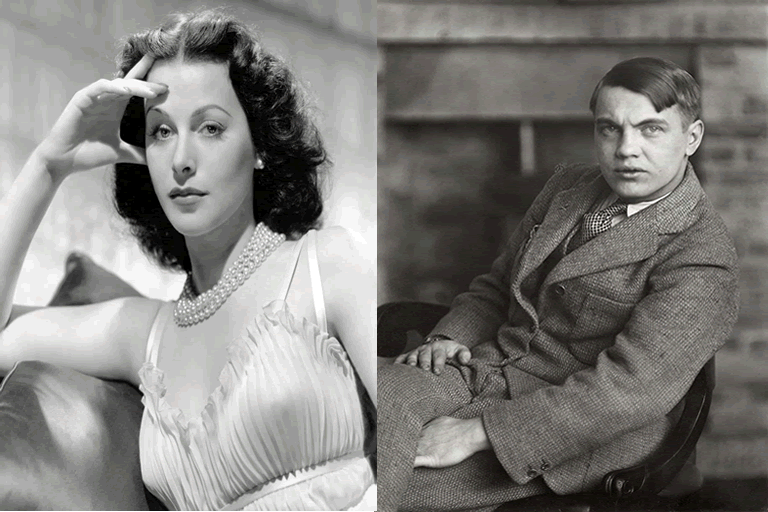
The star actress is best known for her role in the 1940s ‘Algiers’ and ‘Sampson and Delilah’ movies. But it is Hedy Lamarr technical concept that is her greatest legacy, according to a new article about her life called ‘Bombshell: The Story of Hedy Lamarr. ‘The film tells the story of LaMarr’s patented technology in 1941 which became the precursor of secure Wi-fi, GPS and Bluetooth now used by billions of people around the world.
She was friends with George Antheil, an Avante-garde inventor with a similar interest (he wrote a book on endocrinology). Together, during World War II, the two had patents for technology that would allow radio signals to explode and avoid overcrowding. Including Wi-Fi.
3. Water Integrator — a computer that ran on water
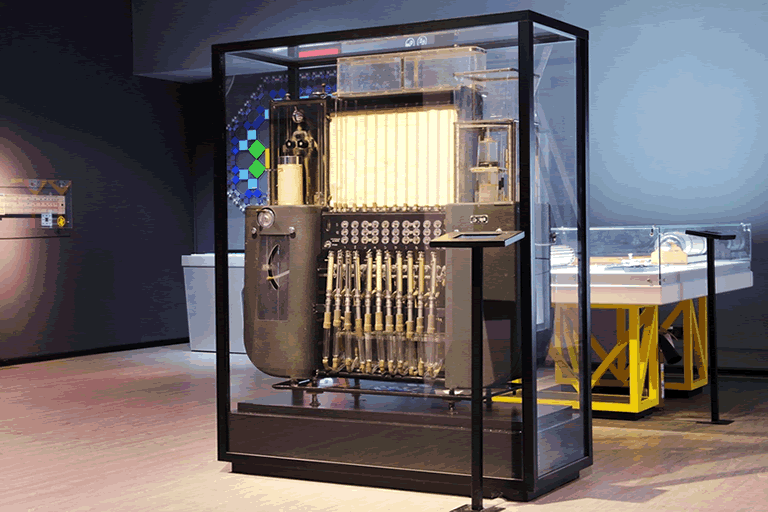
The world’s first computer was developed by Vladimir Sergeevich Lukyanov in 1936 which find an answer to differential equations in partial derivatives. The best part about this device is that it was driven in water.
The construction company that Lukyanov was employed with failed to find a solution for the cracks that used to occur in concerts during winter temperatures below zero. To better understand the heating process, Lukyanov did some research on the temperature conditions in the construction of concrete bricklaying. Eventually, he created a water Integrator machine that could form graphs and help visualize the heating process.
Production plants, research organizations, and educational institutions made good use of water computers in the 1970s. The use of these hydraulic connectors has decreased as digital computers become more powerful and user-friendly.
4. Email was created before the World Wide Web

In the 1960’s, Ray Tomlinson invented Electronic mail. It was not until several decades later that the World Wide Web began to develop in the way we know and love today.
The earliest spam email was sent by Gary Rhuerk in 1978, to several hundred users on the ARPANET (Advanced Research Projects Agency Network). Since then, many companies and rude people have jumped on that bandwagon, harassing our inboxes with offensive junk. They have even used smart refrigerators to help extract more.
5. The first supercomputer weighed over a ton
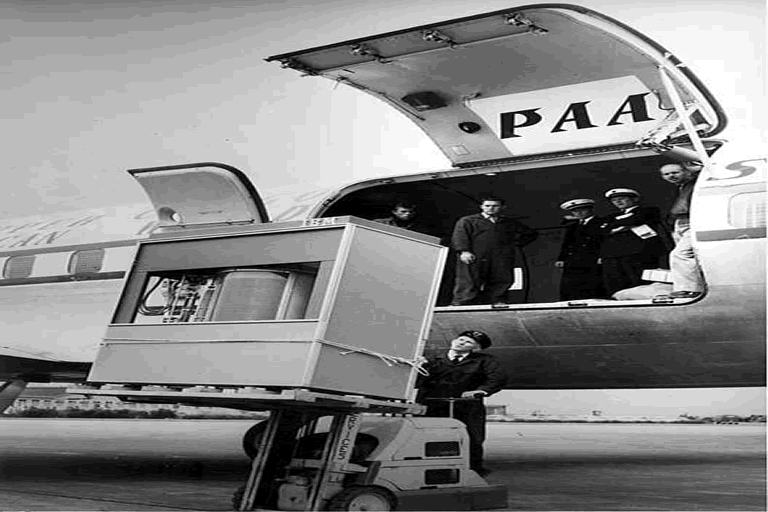
Above is a picture from 1956 showing the first IBM computer (305 RAMAC). This large device came with a hard drive that was capable of storing 5MB of data and weighs more than a ton. This was impossible to carry by hands as It can be seen on the image above that it is being carried with a fork loading on a cargo plane.
The world’s biggest hard drive was unveiled in 2018, coming in at 100TB – we come a long way with the devices that are much smaller.
6. The world’s first webpage can still be accessed even today
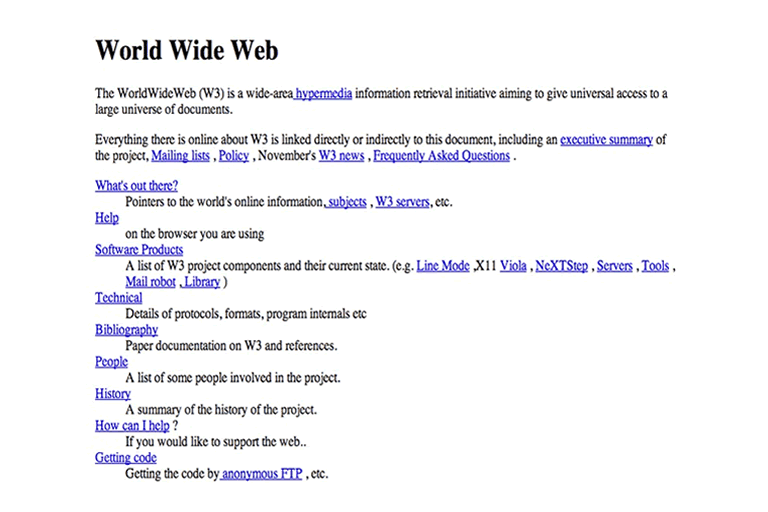
A British scientist called Tim Berners-Lee, who was working for CERN at the time, was the man who discovered the World Wide Web in 1989. The world’s first website didn’t appear for another two years. The first web page came into operation in 1991 and was hosted on the NEXT program at CERN.
Despite how many years have gone by, the most surprising fact is that the first websites ever create is still up and can be visited any time. It serves as a past archive for all things online that is available on the World Wide Web. Click here to access the first ever website.
7. Google’s first office was a rented garage
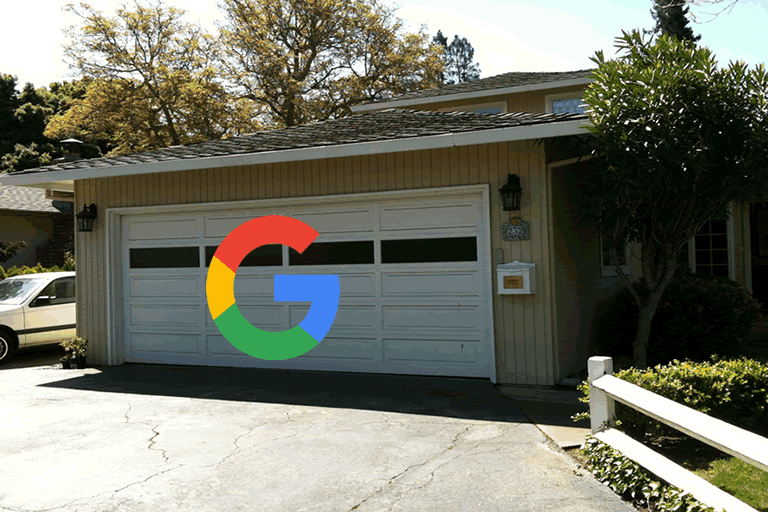
So stereotypical Silicon Valley first start, right? As of September 1998, the company’s first operating facility was Susan Wojcicki’s garage on Santa Margarita Ave. at Menlo Park, California. Wojcicki, the sister of 23andMe founder Anne Wojcicki, is the number 16 employee of Google.
She was the first marketing manager of Google and now she is the CEO of YouTube. As for the house that started Google, it was bought by the tech titan, because it already did it. It then filled the town’s storehouse with sweets, snacks and lava lights.
8. The Firefox Logo Is Not Actually A Fox

Does the word Firefox sounds familiar? Of course, if you have one, you might assume that their brand is a fox. I mean, it’s in the name, isn’t it? That’s not right. The image that is shown in the logo, does not even come close to a fox. As you can see on the picture above, It may look similar to a fox, but it is not one.
In fact, the logo does not represent a red fox or a brown fox. You would be close to the truth if you guess that it was a racoon or a little colored panda. You may be aware, but if your not then you should know that the English word for the red panda is ‘Firefox.
This is how the browser came up with the name. This means that a red panda is the type of animal that is shown in the Logo and not a fox.
9. The first-ever VCR was as big as a piano
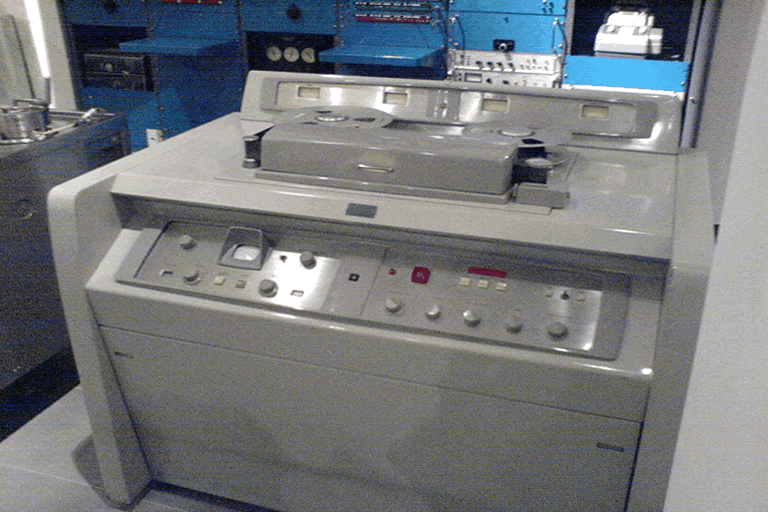
The Consumer VCR was surely a dream gadget. A product that everyone was desperate to get their hands on, even those who didn’t know much about the device, was still interested in buying it. You may have already asked yourself the question, “was the original VCR really the size of a piano?” Pretty much, yes.
In 1956, The Ampex VR-1000 was first created and was almost as big as a piano, BUT: it was nothing like a Video Cassette Recorder (VCR) due to the fact that it did not function with cassettes. Instead, large tape reels were used with these original Video Tape Recorder (VTRs) to be downloaded by hand to the recorder.
It was not the first video recording, but it was the first successful one. The BBC has tried to establish one as well as the RCA, but these original recorders were not working well and could only record a few minutes of video.
10. The First alarm clock could only Ring at 4am
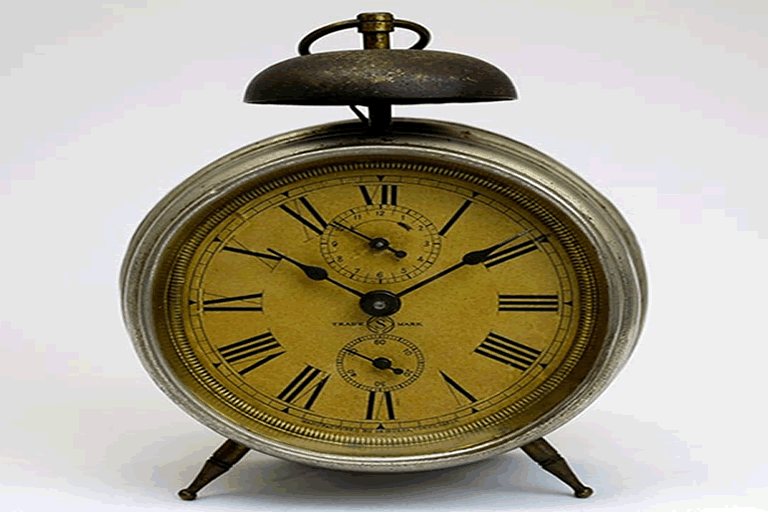
The first type of alarm clock was created in 250BC by the Greeks. Their main plans were based on the use of water and its performance with mechanical bell. They developed an alarm clock where the rising water will keep time and finally touch a mechanical bird that would blow a whistle.
An American man called Levi Hutchins, invented the first alarm clock in 1787, but this alarm clock was nothing like the ones we use today as the problem with this one was that the only time it could ring was at 4 p.m.
He only created this clock just for himself, so that it would wake him up from work. A clockmaker named Seth E Thomas would later build a mechanical wind-up clock, in 1876, which was able to ring at any time you desired and quickly became patented.



GIPHY App Key not set. Please check settings